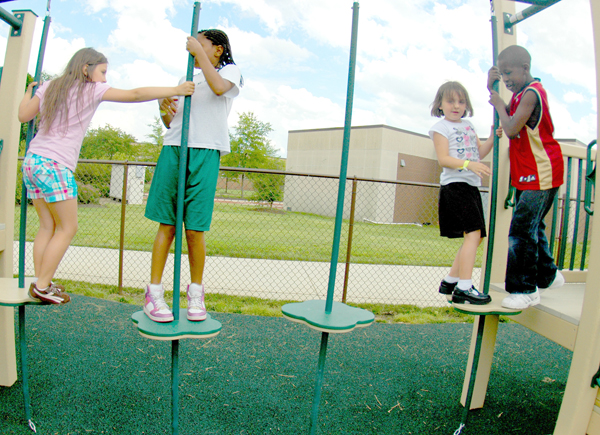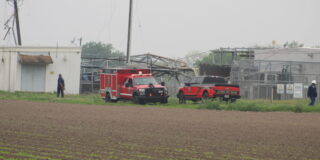- La Feria Native Soon To Retire From The Military This Summer
- Senior Eneece Avila Takes Pride in her State Title
- Dr. Noemi Infante, Harlingen Medical Center Open New Women’s Clinic
- Santa Rosa Cameron County Park Partially Reopens
- Santa Rosa Takes to Regionals Meet in Kingsville, Tx
- Long-Standing Nexstar Tower in La Feria Decommissioned
- Lionettes Powerlifting Meet
- Local Business Holds Event to Benefit RGV Shriners Club
- Knights of Columbus Holds it’s 30th Annual Golf Tournament
- KGBT Tower Dismantled
TX Children Living in High-Poverty Neighborhoods Top 1 Million
- Updated: October 4, 2019

A new Annie E. Casey Foundation report says safe places to play, quality schools and parents’ access to job opportunities are key needs for children in high poverty neighborhoods. Photo: USAF
by Eric Galatas
AUSTIN, Texas – More than 10% of the nation’s children live in Texas, and the total number of children living in the state’s high-poverty, low-opportunity neighborhoods has dropped by 190,000, according to new data from The Annie E. Casey Foundation.
Researchers looked at neighborhoods where poverty rates are 30% or more and found that 8.5 million children nationwide lived in these areas between 2013 and 2017.
“We’re actually seeing some improvement, after the recovery from the recession, but our numbers are still some of the highest in the nation,” says Cynthia Osborne, an associate dean at the LBJ School of Public Affairs at The University of Texas at Austin. “Nearly 1.1 million Texas children live in high-poverty neighborhoods.”
The percentage of Texas children in concentrated poverty dropped from 19% between 2008 and 2012, to 15% between 2013 and 2017.
Osborne says a disproportionate number of children in poverty continue to be children of color, a result of policies designed to keep those communities away from more prosperous neighborhoods.
Scot Spencer, associate state director of advocacy for The Casey Foundation, says growing up in high poverty neighborhoods affects practically every part of children’s lives.
He says they tend to lack access to healthy food and quality medical care, often face greater exposure to environmental hazards and can experience higher levels of chronic stress linked to diabetes, heart disease and stroke.
Spencer adds that when these children grow up, they are more likely to have lower incomes than children who have relocated away from communities of concentrated poverty.
“Living in high poverty neighborhoods puts young people at risk, and we think that they really deserve to live in communities where they can learn, play and grow,” he stresses.
The Casey Foundation report offers some remedies, including property ownership models that preserve affordable housing and ensuring all neighborhoods have quality schools, access to job opportunities, reliable transportation and safe places for recreation.






